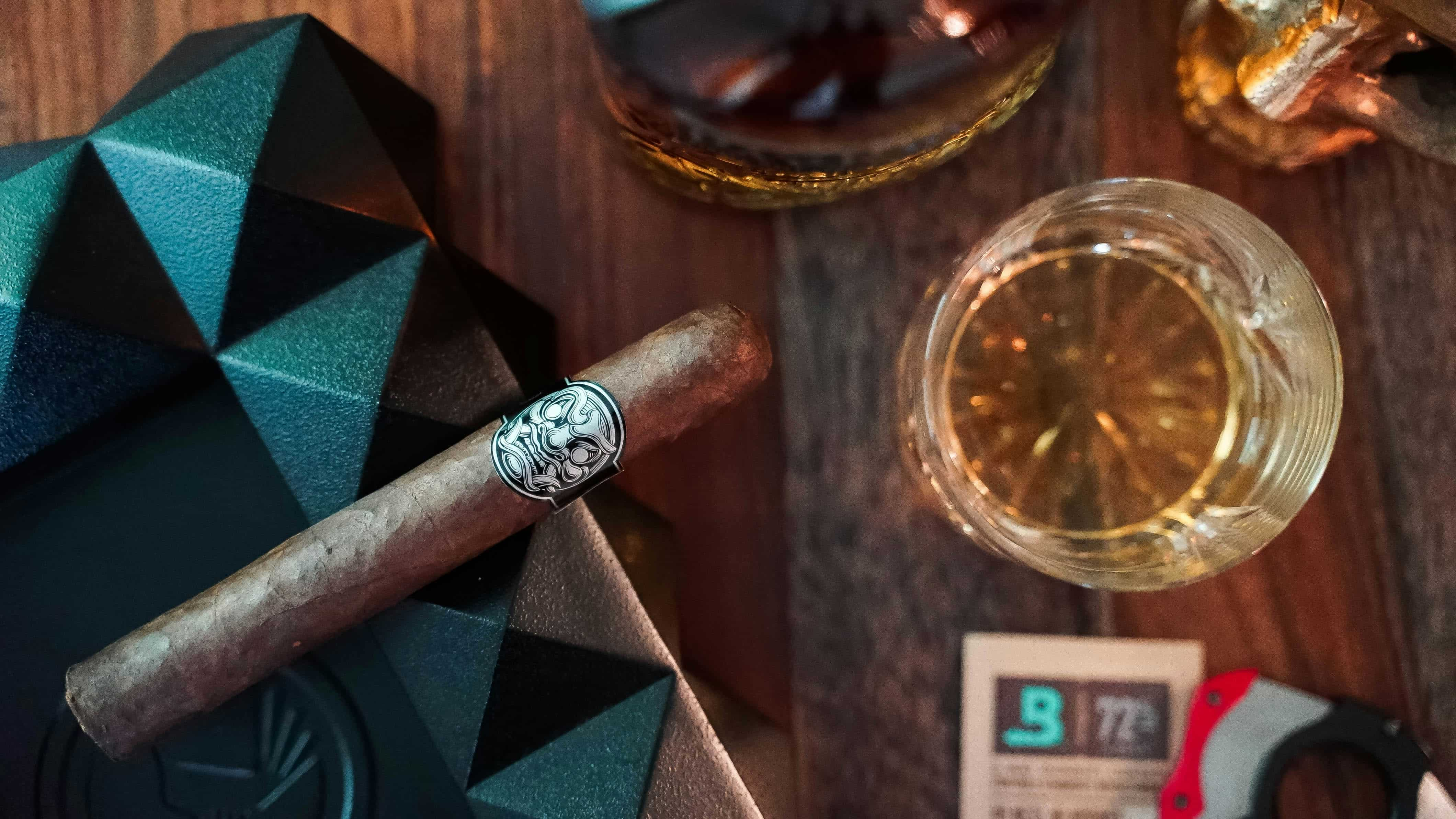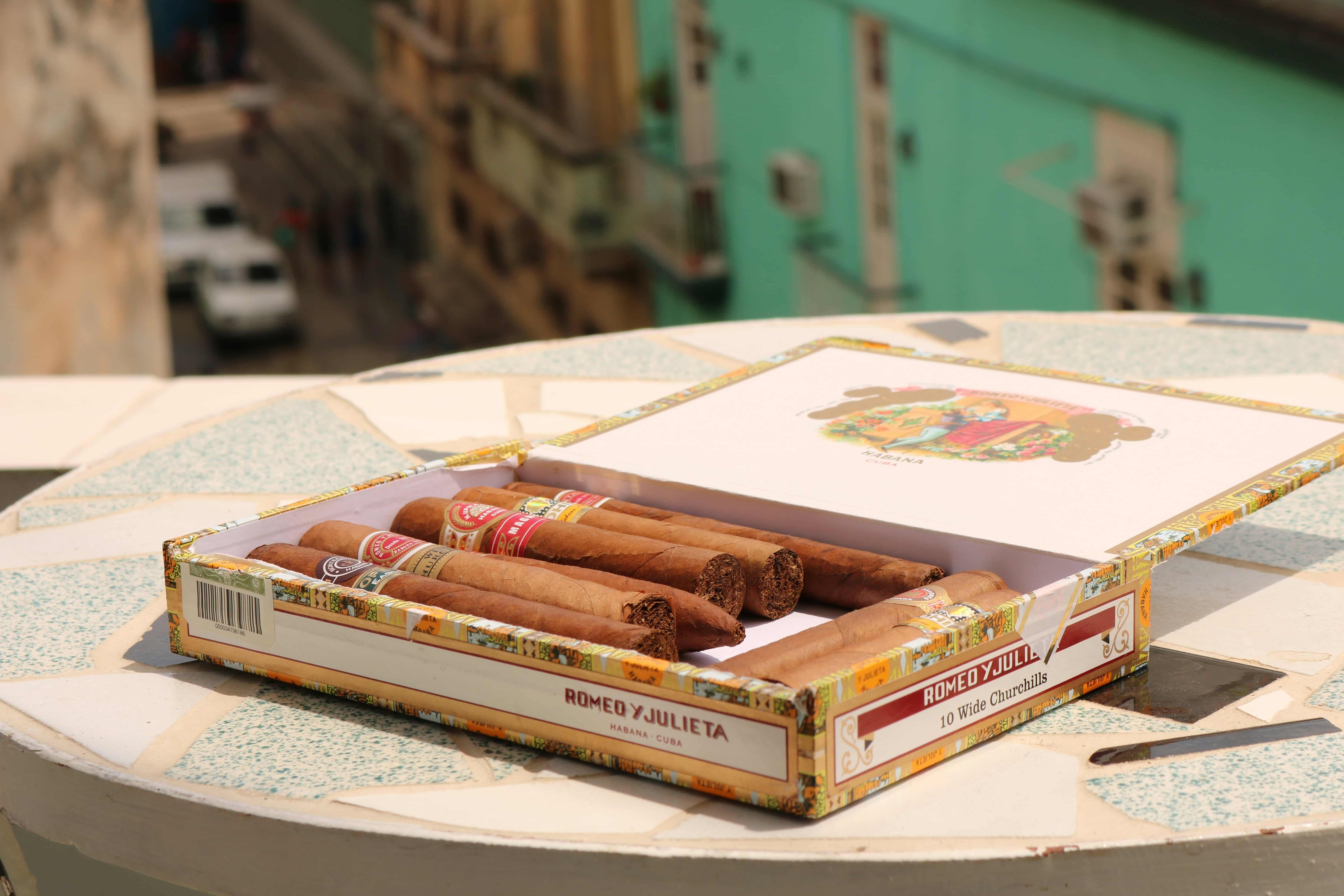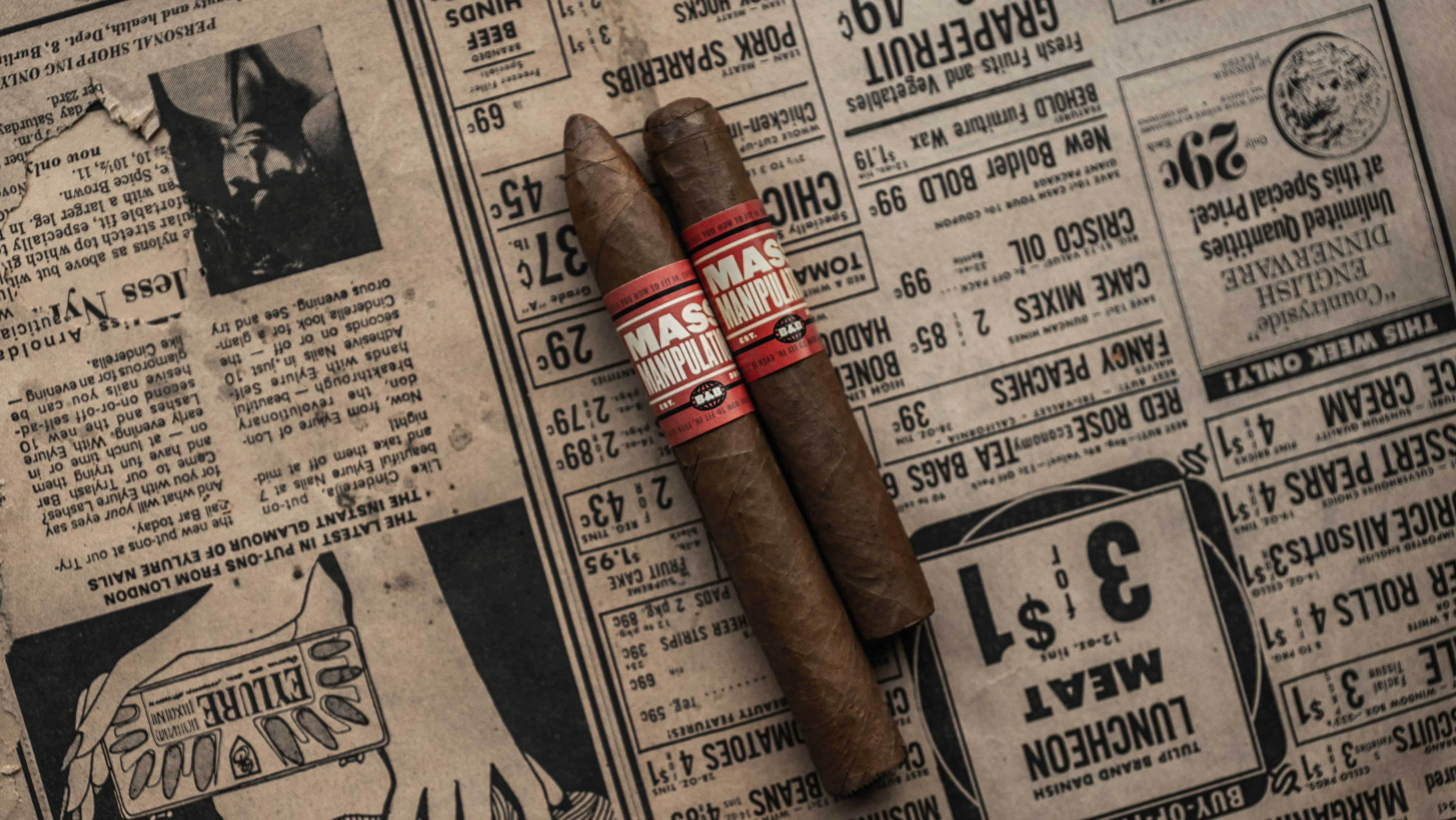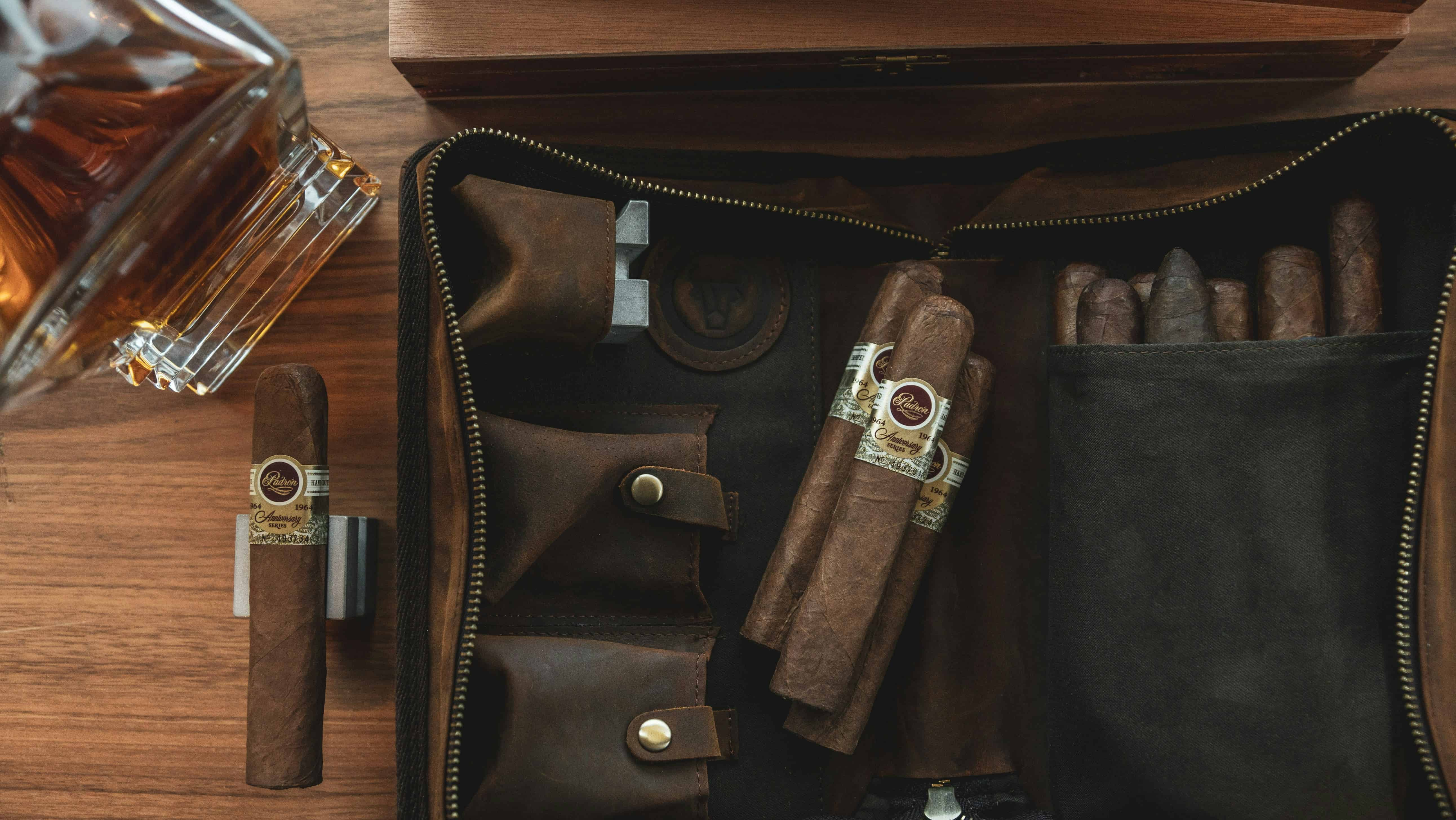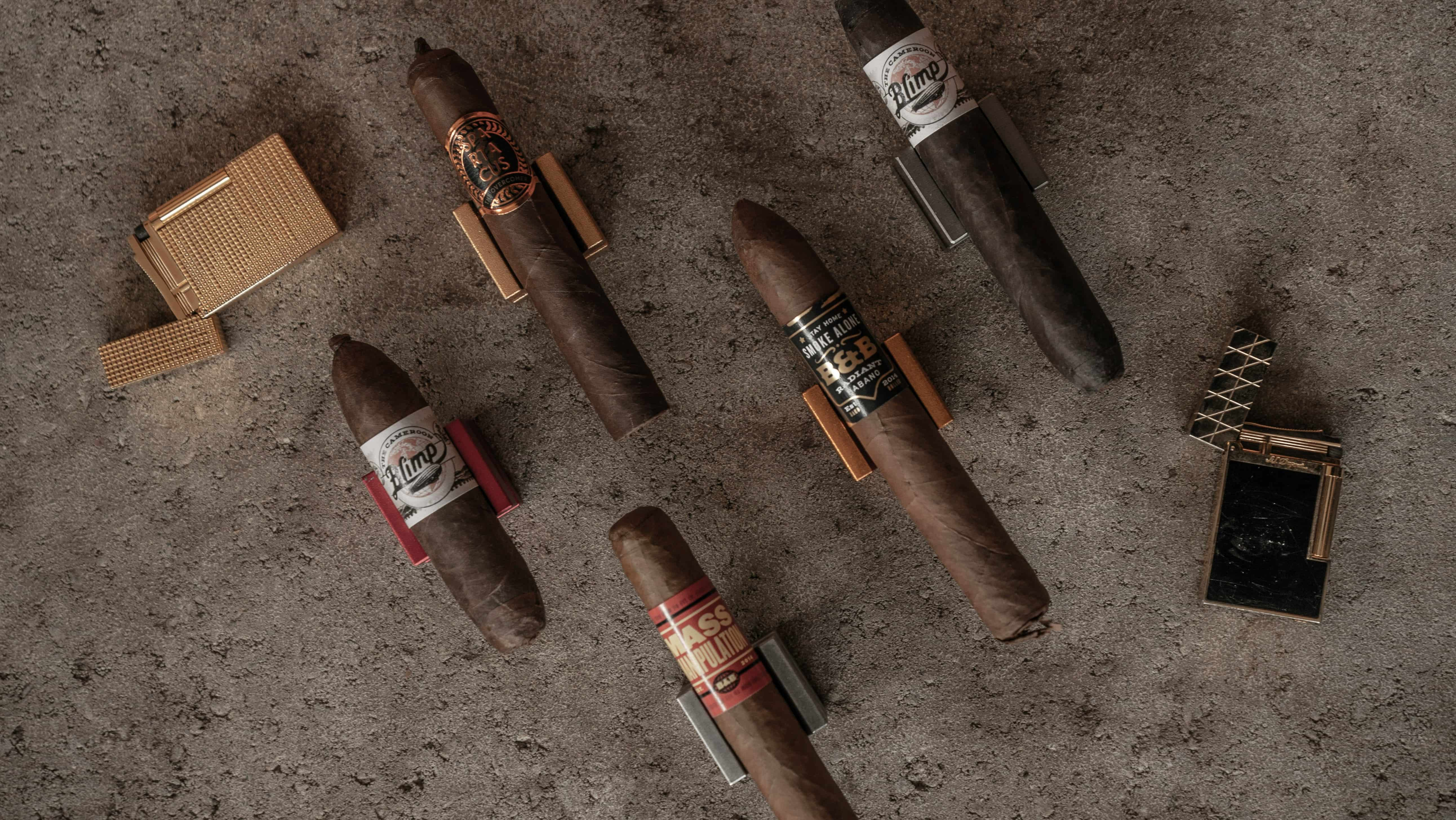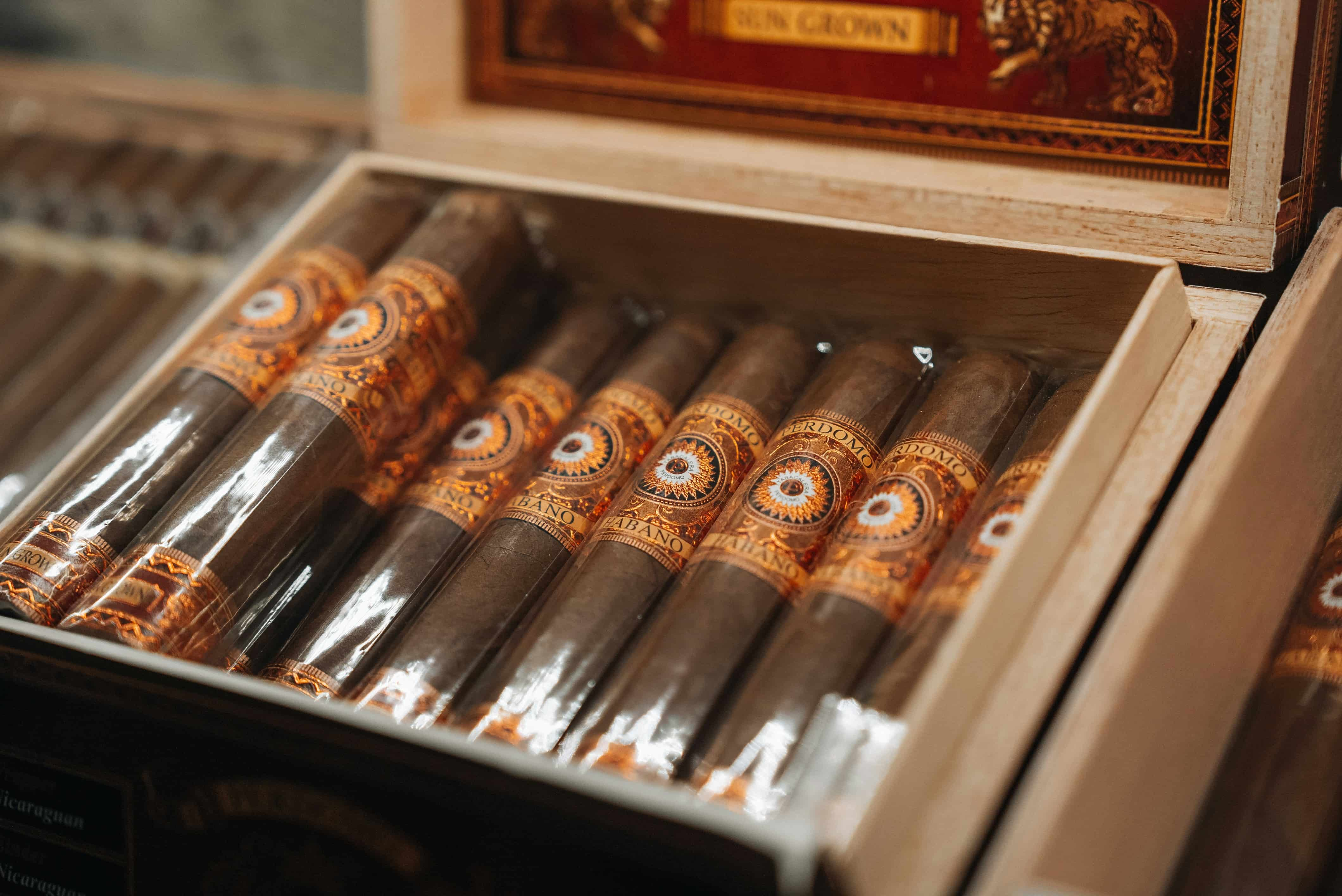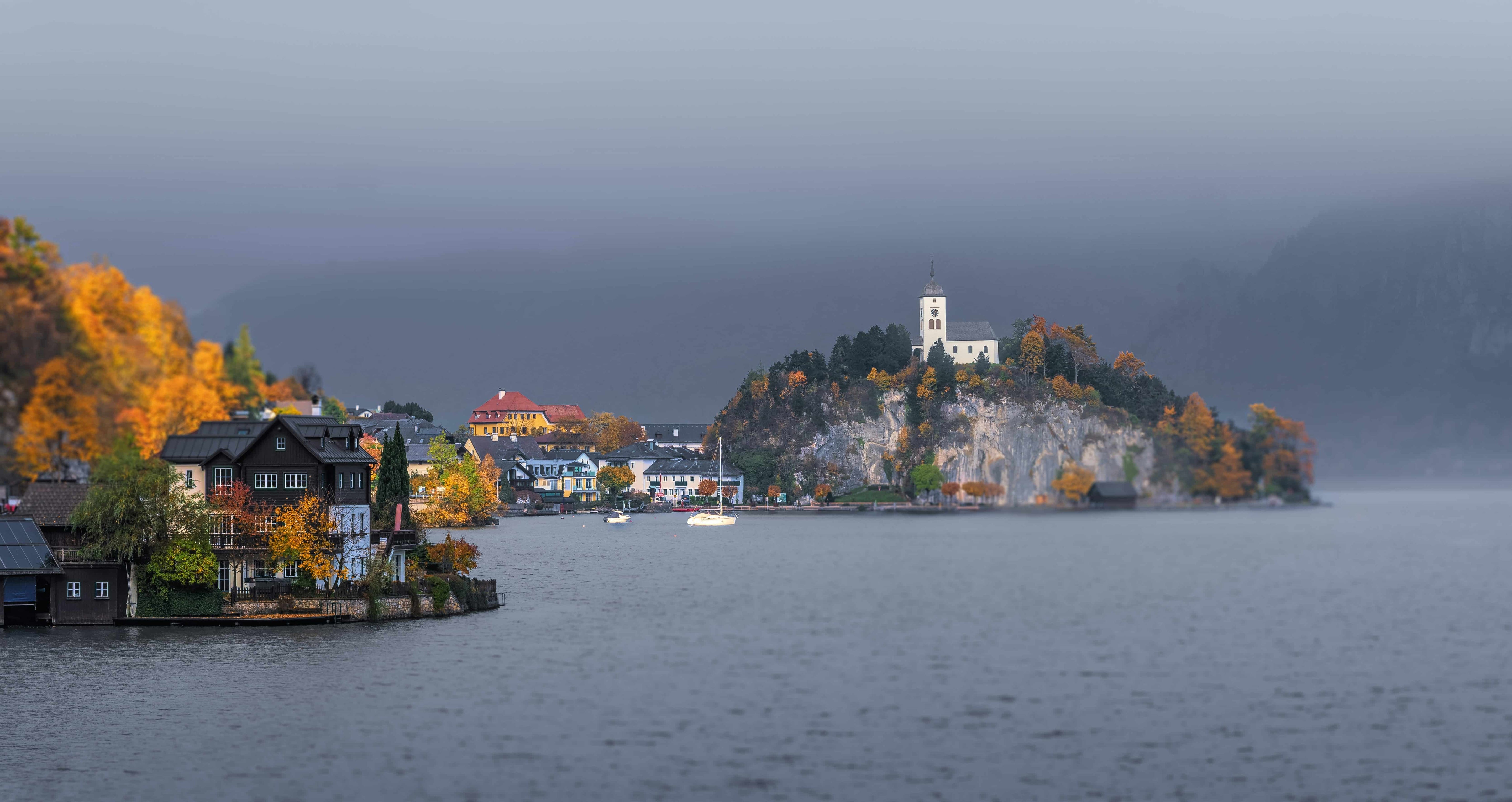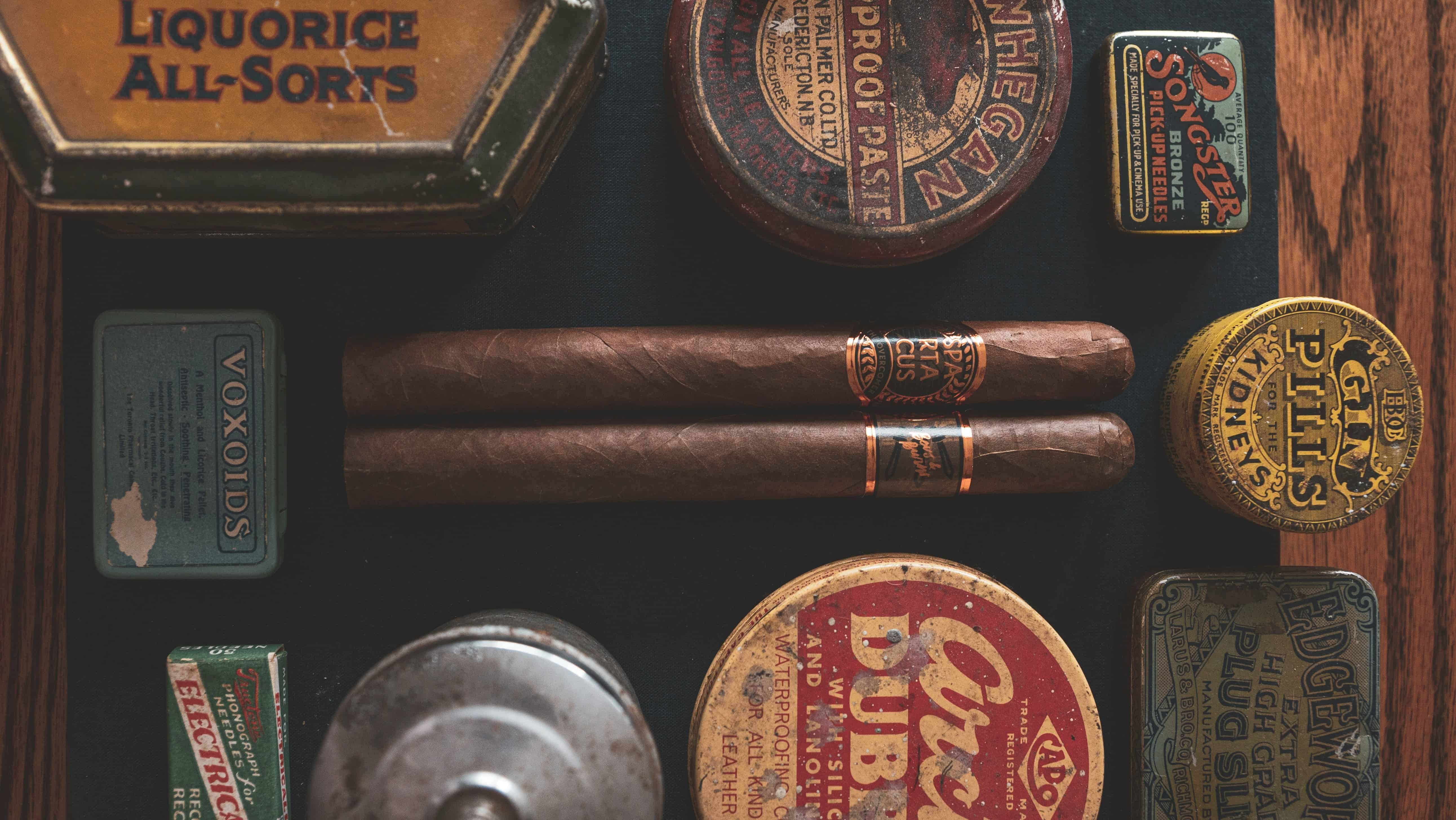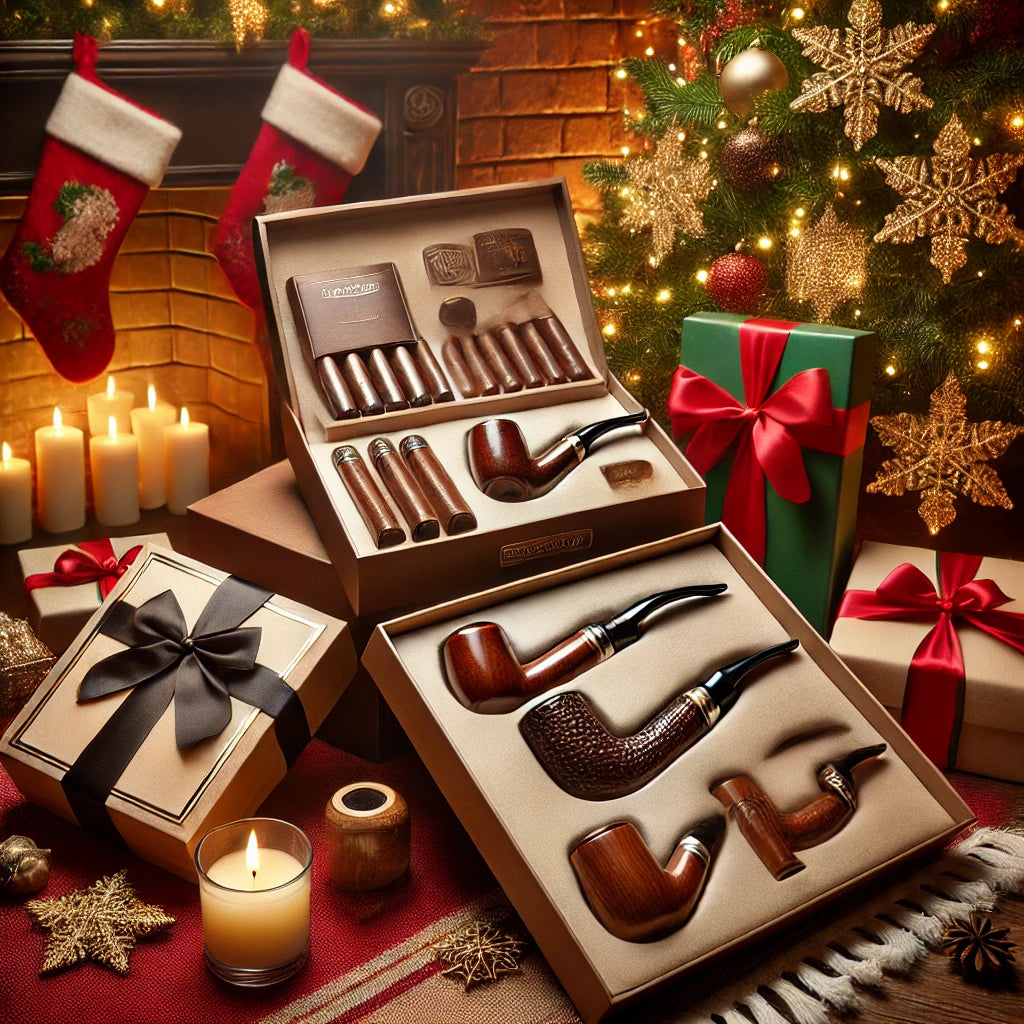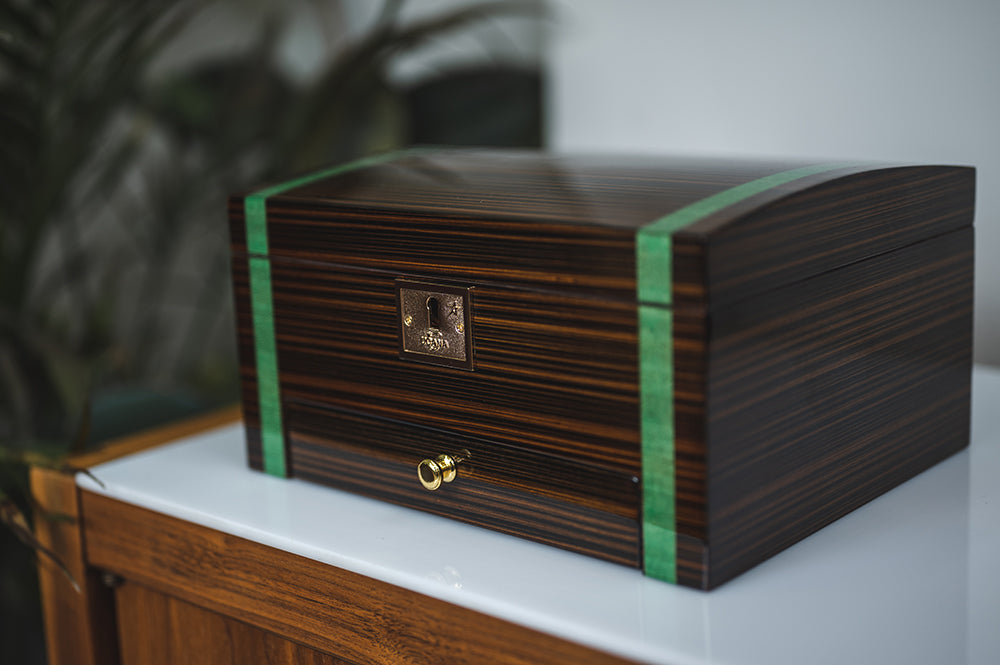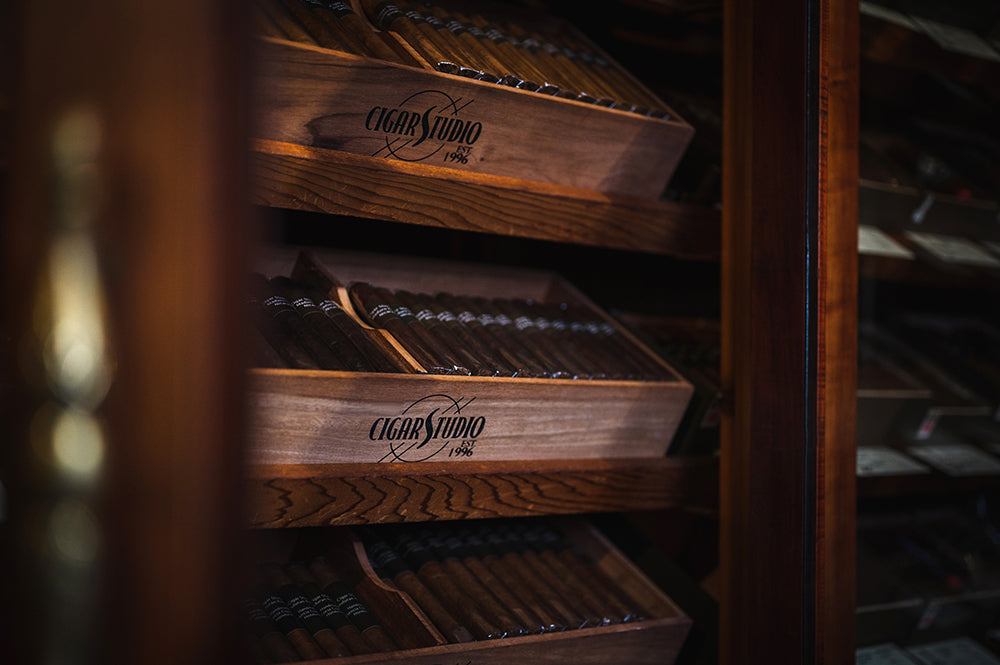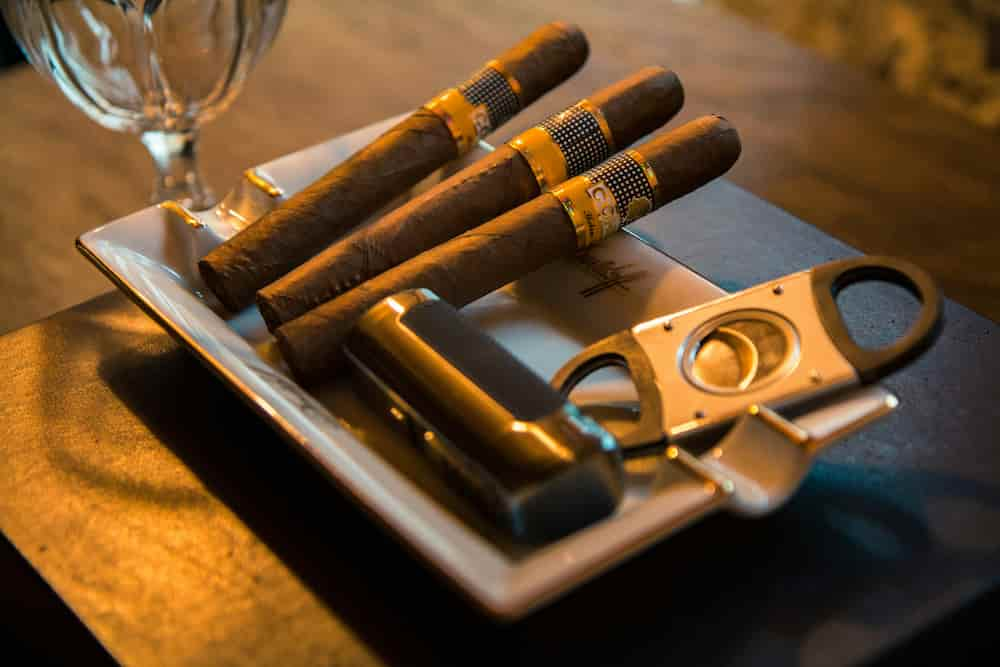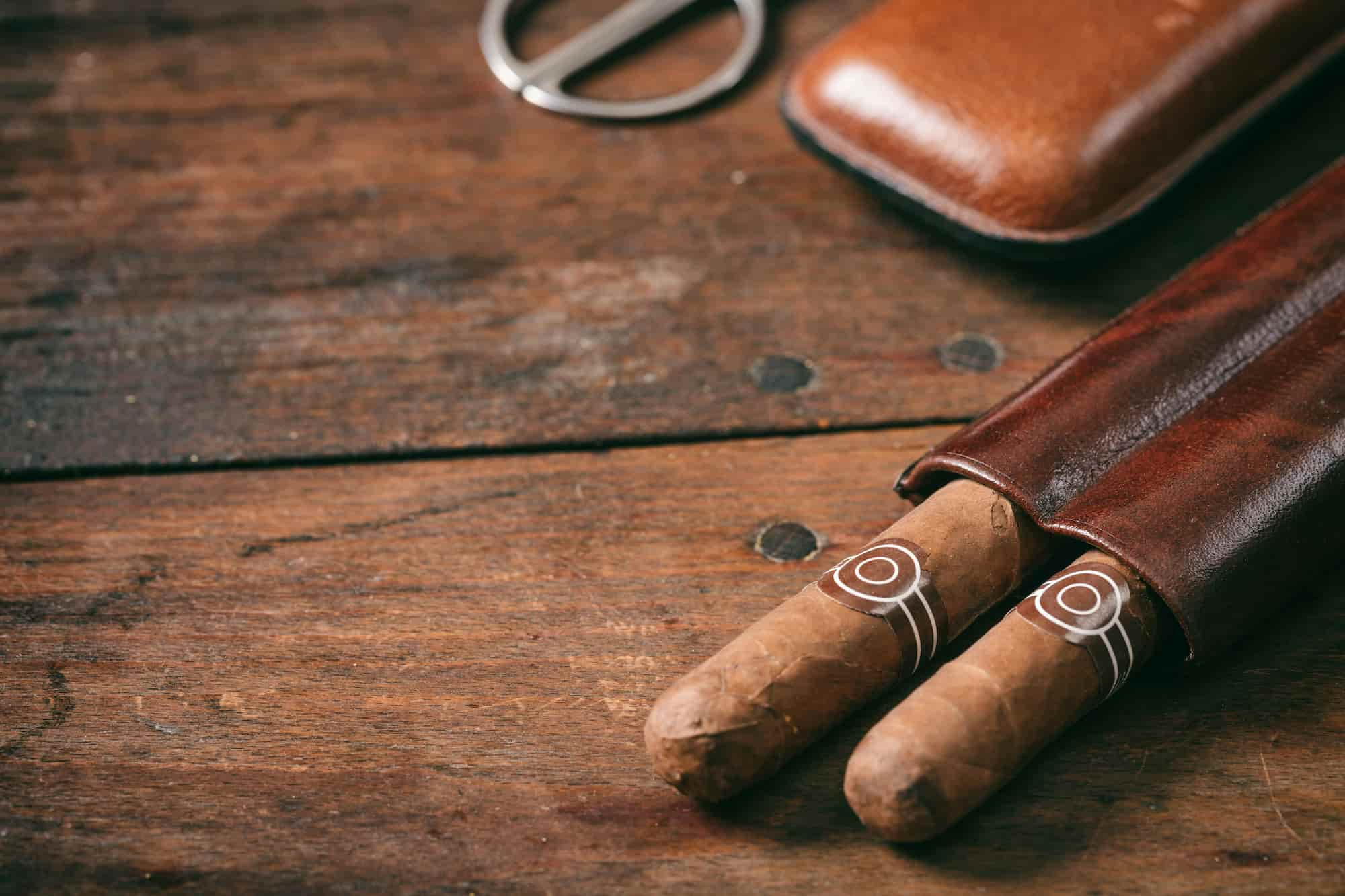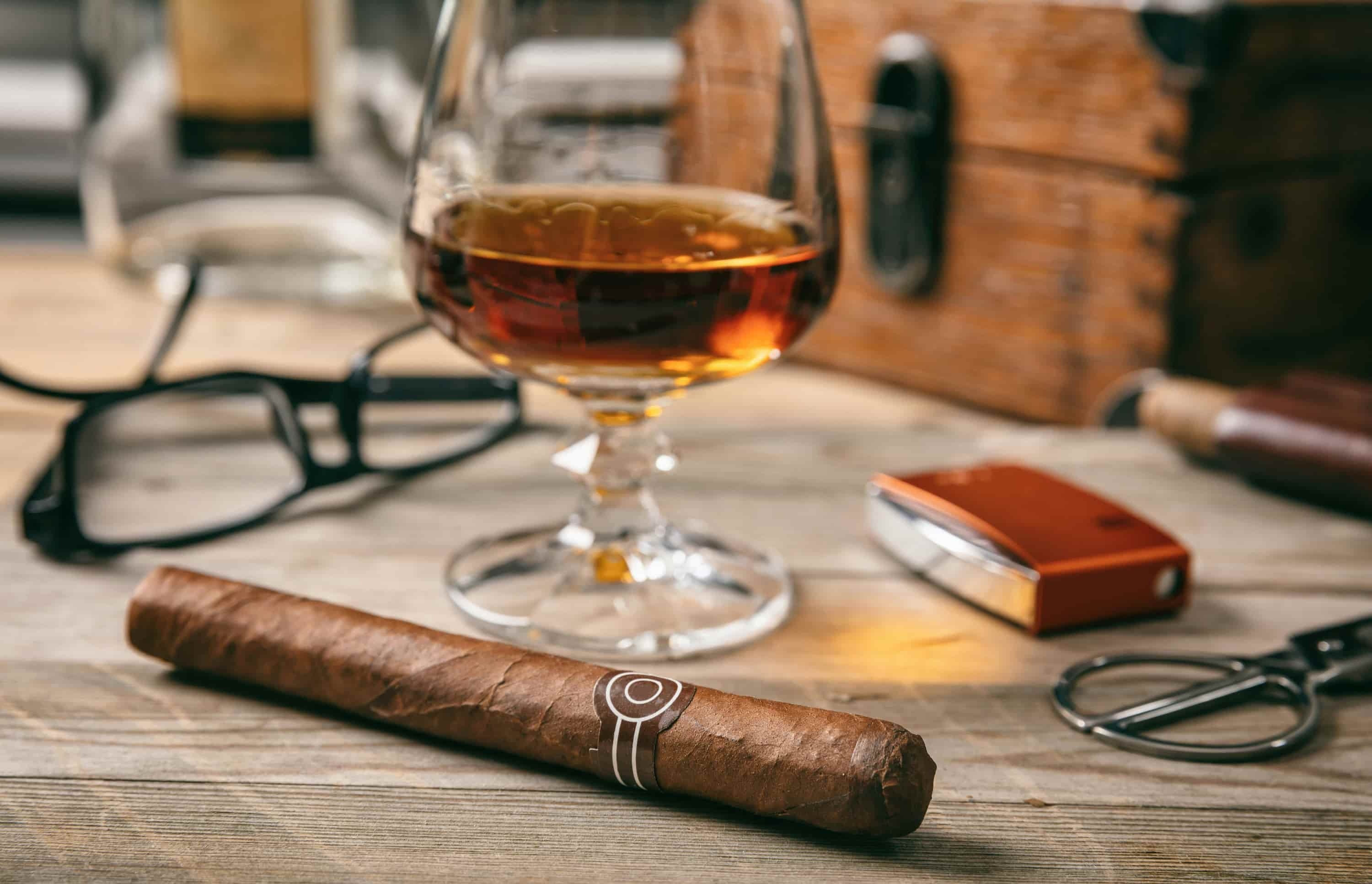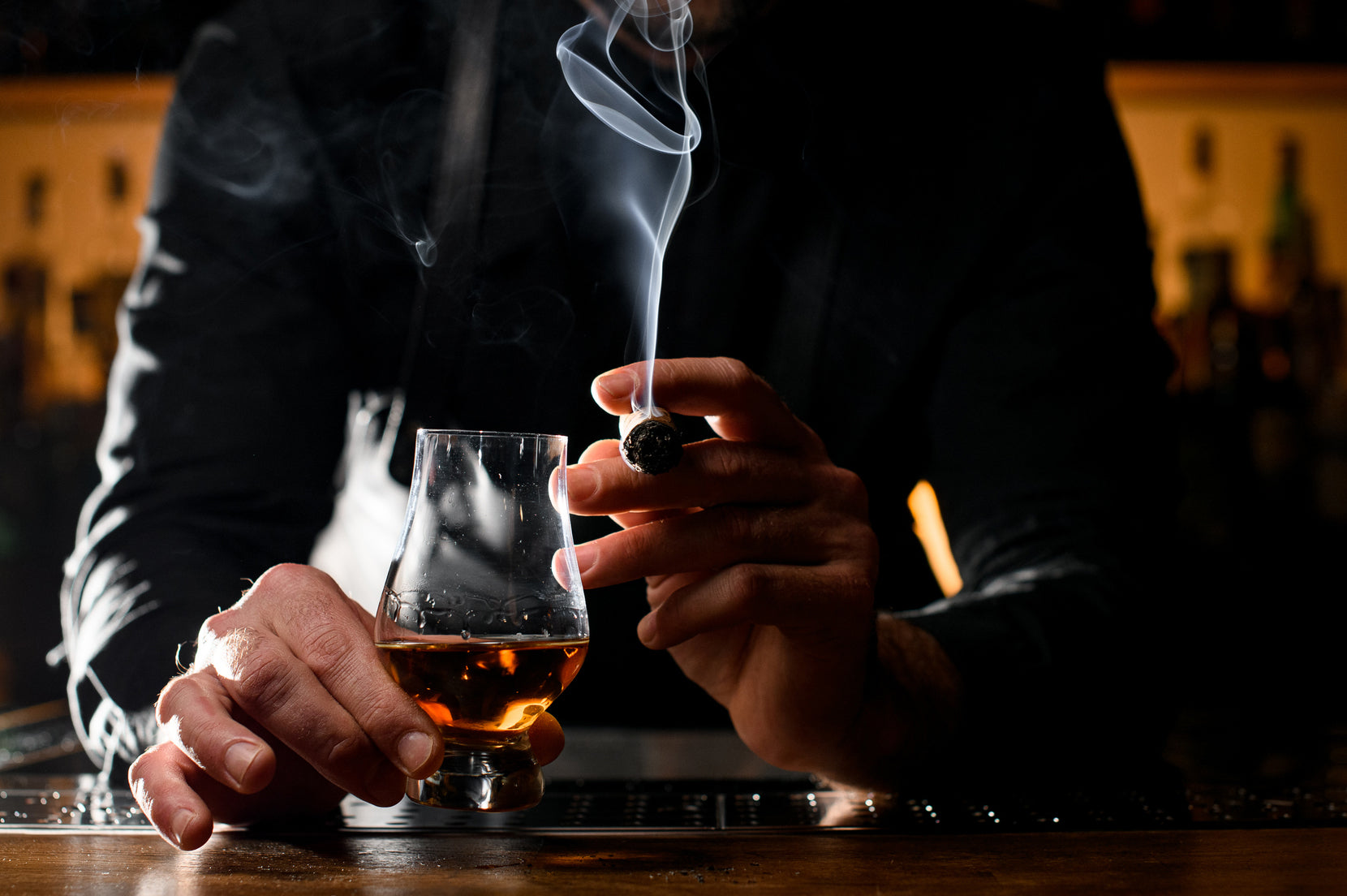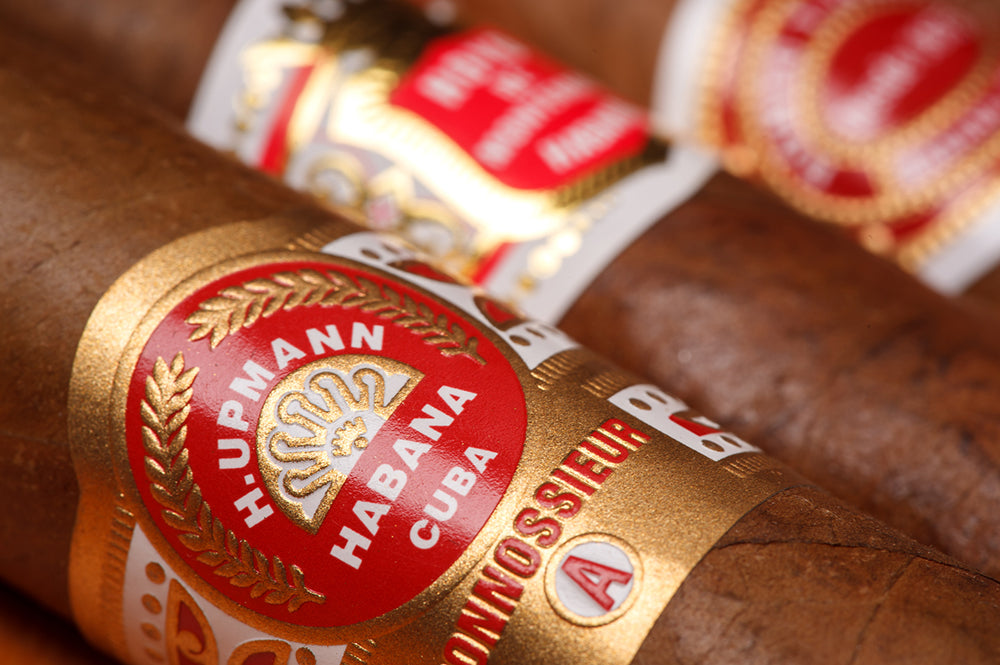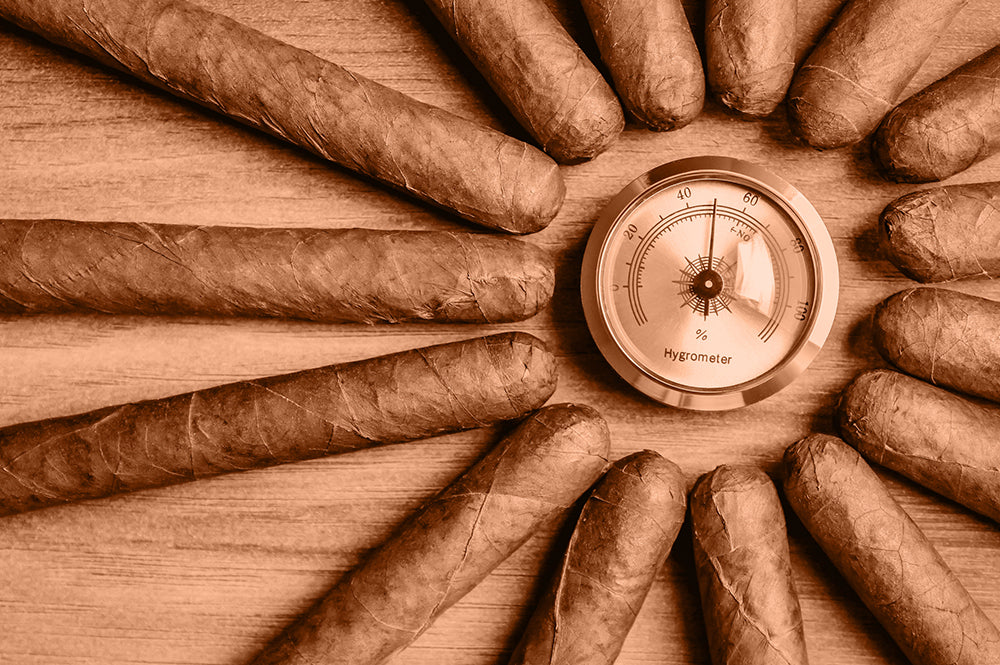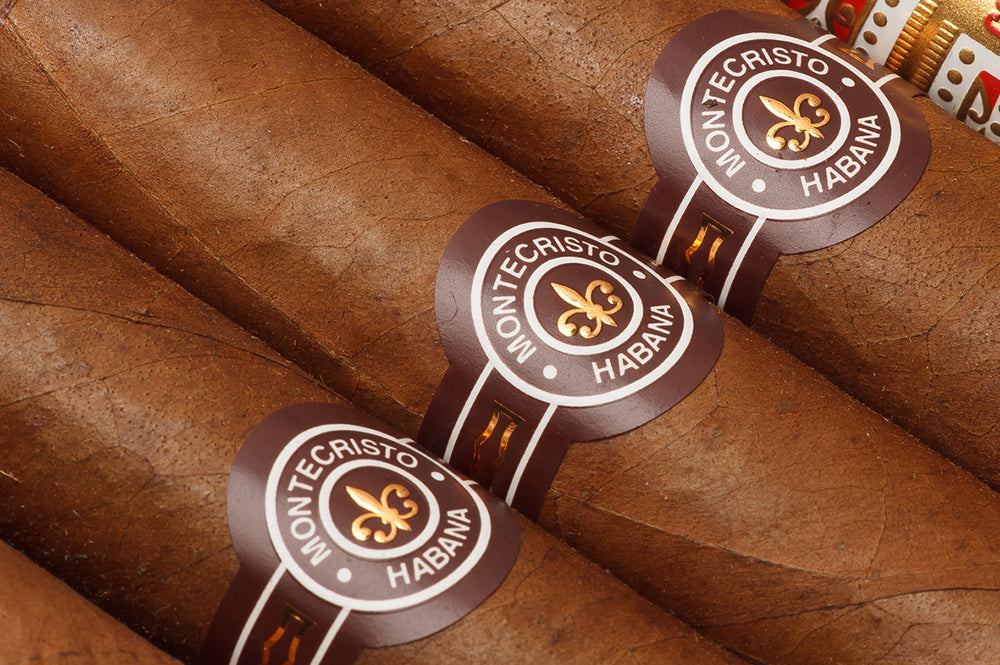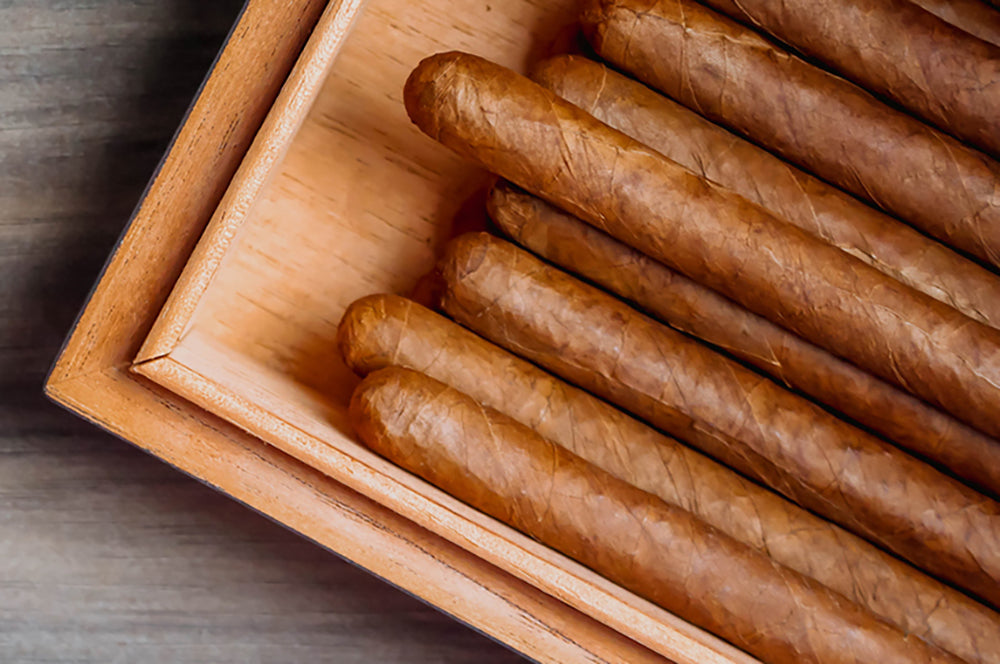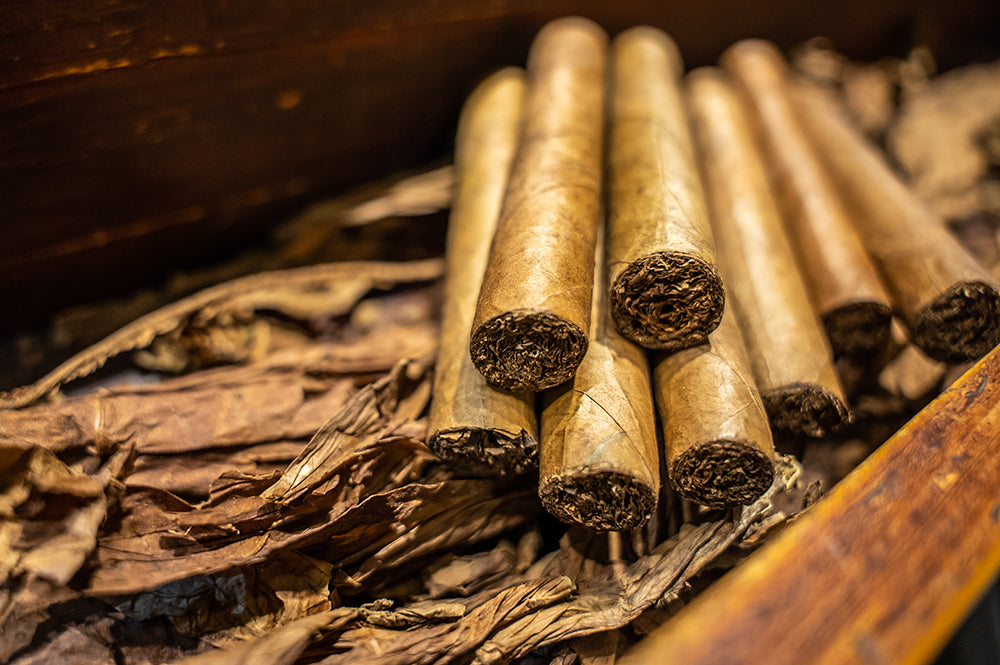
Rich and Storied History of Cuban Cigars
Cuban cigars are not just renowned for their superior quality and taste but are also steeped in a rich cultural heritage that makes them highly coveted among enthusiasts. Dive into the fascinating history of Cuban cigars to understand what sets them apart from the rest.
History of the Cuban Cigar
Cuban cigars date back to the times of Christopher Columbus, who upon reaching Cuba in 1492, discovered the indigenous peoples inhaling the smoke of a peculiar rolled leaf, later known as the cigar. The ideal climate and fertile soil of Cuba proved perfect for growing tobacco, setting the foundation for a thriving cigar industry. By the 19th century, Cuban cigars were a symbol of luxury and sophistication, sought after worldwide.
When Was the First Cigar Made?
While the exact origin of the first cigar is unclear, the practice of cigar smoking is believed to have started with the ancient civilizations of Central America, around the 10th century. The art was perfected in Cuba, where the native Taíno people introduced Columbus and his men to tobacco smoking, which they then brought back to Europe.
Culture of Cuban Cigars
The culture surrounding Cuban cigars is as rich as its history. In Cuba, cigar rolling is considered an art form, often passed down through generations. The traditional methods of cultivation, curing, and rolling have been preserved over centuries, making each Cuban cigar a piece of history. Additionally, cigars play a crucial role in social and ceremonial occasions, underlining their cultural significance.
The allure of Cuban cigars lies in their intricate history and the meticulous craftsmanship that goes into producing them. Understanding the storied past and cultural importance of these premium cigars enhances the appreciation for each puff. As they continue to be symbols of elegance and tradition, Cuban cigars remain a timeless choice for aficionados around the globe.
What is the history of Cuban cigars?
Cuban cigars originated with the indigenous Taíno people, who were already using tobacco for smoking purposes when Christopher Columbus arrived in 1492. The combination of Cuba's ideal climate and fertile soil allowed for the flourishing of the tobacco plant, leading to the development of the cigar industry by the 19th century.
Who discovered cigars?
Cigars were discovered by the early Spanish explorers in the Caribbean, specifically by Christopher Columbus and his crew during their voyages to the Americas. They encountered the indigenous peoples of the Caribbean, who were already smoking rolled leaves of tobacco.
Who is the king of Cuban cigars?
Alejandro Robaina is often referred to as the "King of Cuban cigars." He was a legendary Cuban tobacco farmer known for producing some of the finest tobacco leaves used in the highest quality Cuban cigars.
What is Cuba's most famous cigar?
The Cohiba is arguably the most famous Cuban cigar brand, established in 1966 and originally intended only for diplomatic gifts and government officials before becoming available to the public in 1982.

